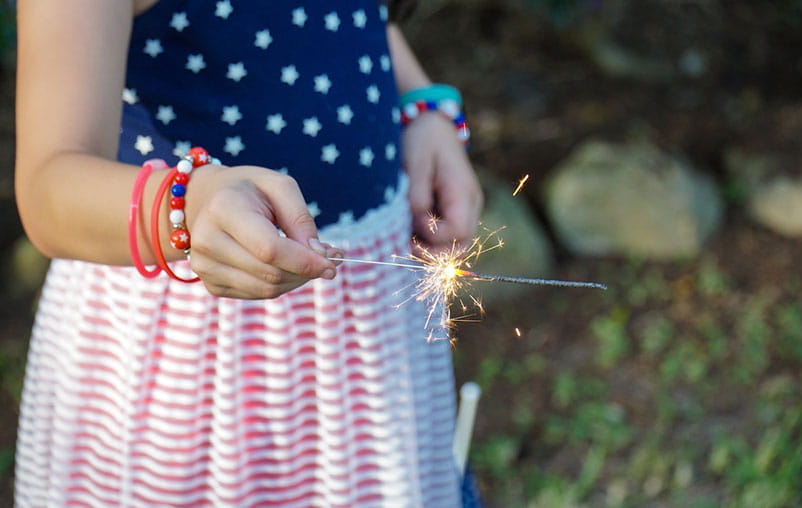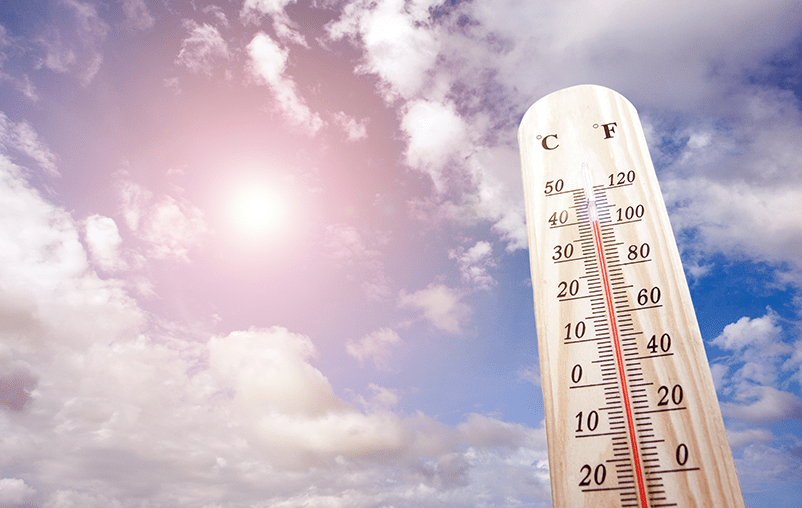For some, grilling is a year-round activity, and for others, flipping a row of sizzling burgers is one of summer's simple pleasures. No matter when you grill, there is still danger lurking in those glowing embers or gas-fed flames.
According to the Consumer Product Safety Commission (CPSC), there were 5,400 emergency room visits due to injury caused by barbecue grills in 2022. The CPSC also reported an average of 13 deaths each year related to misusing grills.
So if you are planning a neighborhood BBQ or celebrating the Fourth of July, it’s important to know proper grilling safety.
Be Aware of Barbecue Dangers
Because barbecue grills are operated in a casual, relaxed atmosphere, they tend to be taken for granted. That leaves open the potential for injuries, like carbon monoxide poisoning and burns.
Carbon Monoxide Poisoning
Each year, Americans go to the emergency room because of injuries from carbon monoxide poisoning caused by charcoal and gas grills, according to the CPSC. When you grill, carbon monoxide (CO) is produced. CO is a colorless, odorless gas that can be fatal in closed areas.
If you grill, follow these safety tips to avoid carbon monoxide poisoning:
- Never grill inside your home, vehicles, tents or campers. Even if you have ventilation, do not use a grill indoors.
- Never store a charcoal grill indoors with coals you have just burned. Charcoal continues to produce CO even when it looks extinguished.
At-Home Burns
Thermal burns make up about half of injuries involving grills, according to the National Fire Protection Association (NFPA). A thermal burn can range from a first-degree (superficial) burn to a third-degree (full thickness) burn, depending on how badly your skin is injured.
A superficial burn can be treated at home, while a full thickness burn will require medical attention. If you are treating your burn at home, apply petroleum jelly, aloe vera or a fragrance-free, alcohol-free moisturizer.
Do not apply the following on a burn:
- Butter
- Grease
- Ice
- Oil
- Toothpaste
- Honey
- Mustard
Children and Pets
If you are hosting an event where children and pets will be present, create a designated area around the grill to keep everyone safe from burns. Safe Kids Worldwide recommends creating a 3-foot "kid-free zone" around the grill to prevent children from being burned and eliminate the possibility of a fire.
Another helpful reminder is never to leave the grill unattended. Whether it's you or another responsible adult, having someone tending to the grill at all times will prevent fires and anyone getting burned while cooking.
Grill Safety Tips
Whether you use charcoal or gas, keeping your grill clean is the first step in safe grilling practices. Between 2019 and 2023, 20% of grill fires were the result of the grill not being cleaned.
To keep your grill clean, it's best to use a nylon brush or a ball of aluminum foil. Avoid using a wire brush, as they can leave bristles behind which end up in your food.
Another way to keep you safe while grilling is to know the do’s and don’ts of your specific type of grill.
How to Use a Charcoal Grill Safely
A common mistake with charcoal grills is not using enough starter fluid initially. This mistake puts you at risk of a fire or explosion when you add more fluid to the hot coals.
If you are new to using a charcoal grill, follow these tips to help you start barbecuing safely:
- Place the charcoal on the bottom of the grill and pile it into a pyramid shape.
- Pour 1/2 to 1 cup of commercially prepared starter fluid on the pyramid of coals.
- Never use gasoline when starting a charcoal fire. Gasoline will explode.
- Cap the starter fluid immediately after using it and store it at a safe distance from the grill.
- Let the starter fluid soak in for one minute before lighting.
- Use tongs to disperse the coals into one layer after they are ready. It usually takes 30 minutes after lighting the coals for a coating of gray ash to form, indicating they are ready.
If you dump the coals out of the grill when they are still warm, make sure to keep children away from them. Stepping on hot coals can cause a severe burn, especially in children.
How to Use a Gas Grill Safely
Gas or liquid petroleum (LP) grills also carry a risk because the LP gas or propane is highly flammable. Fires and explosions from LP gas grills are the main cause of injury.
The CPSC says most of these fires and explosions occur when a person uses a grill that has not been used for a while, or just after refilling and reattaching the gas container to the grill. If you haven’t used your gas grill in a while, here are ways you can prevent a fire and explosion:
- Use the grill at least 10 feet away from any building.
- Check the valve connections and hoses to be sure there are no cracks, holes or leaks.
- Replace scratched or nicked connectors, which can eventually leak gas.
It’s good practice to check for leaks every time you disconnect or reconnect the regulator to the LP tank. If you find a leak, immediately turn off the gas at the tank. Do not attempt to repair a valve yourself. Find an LP gas dealer or a qualified appliance repair person.
In the meantime, avoid lighting the grill and keep lighted cigarettes, matches or open flames away from it.
Emergency Care at University Health
If you need care fast, University Health has walk-in clinics across San Antonio, in addition to our centrally located emergency department. Learn more about our walk-in clinics on our website.
You can also learn more about Injury Prevention at University Health for kids and adults on our website.





